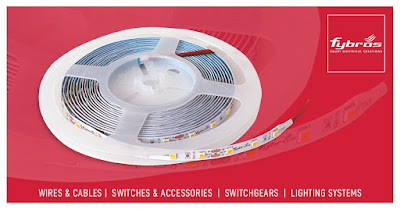Reasons Why LED Lighting Beats Metal Halide
In the 1960s, high-intensity discharge metal halide (MH) lights became popular. They were the illumination of choice for outdoor sports arenas, airports, and other large locations that required intense lighting for complete evening operations during the past 50 years. Fybros LED lighting technology has been replacing MH lamps since the early 2000s. To comprehend why LED lights are heavier than classic high-pressure sodium (HPS) or metal halide fixtures, you must examine how these sources produce light.
- Compared to MH lights, LEDs are significantly more efficient. Large-scale illumination necessitates a huge quantity of electrical energy. With less than half the energy input, LED lamps produce the same or better lighting than MHs. In many circumstances, the initial investment in an LED lighting array will be recouped in less than two years due to energy cost reductions alone.
- In comparison to MH bulbs, LED fixtures are significantly more durable and long lasting. After more than 50,000 hours of operation, many LED lamps with updated heat sink technology will still offer the highest of their initial lighting levels, and in some cases, more than 100,000 hours. MH lamps would need to be replaced at least five or six times in the same duration. As a result, a place that transitions to LED bulbs will save a lot of money on maintenance.
- Metal Halide lights require warming up before reaching maximum illumination, generating buzzing noises. They tend to flicker after a short period after turning on the switches. In contrast, LED lights are instant on/off with no buzzing or flickering.
- This is a prelude to the next topic, energy conservation. Still, the main assumption is that the more energy-efficient the bulb is, the more money you will save. So, let us compare the luminous efficiency of metal halide and LED lighting.
- The total lumens produced must be divided by the total
watts spent to calculate lumen efficiency. You must additionally account
for ballast draw when using Metal Halide. The total wattage consumed by a
typical 400W bulb is around 455 watts.
Final Thoughts:
While these
instructions are for a new home, adding LED lights is much easier if you
already have wiring. It is just a matter of putting it in
the junction box. LED lights are not only energy-efficient and a beautiful
example of modern technology, but they are also simple to install and operate
in any room of your home.


Comments
Post a Comment